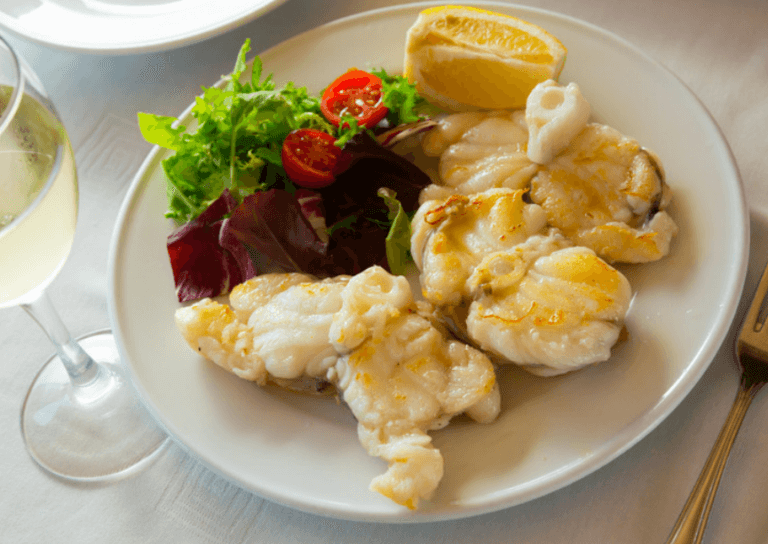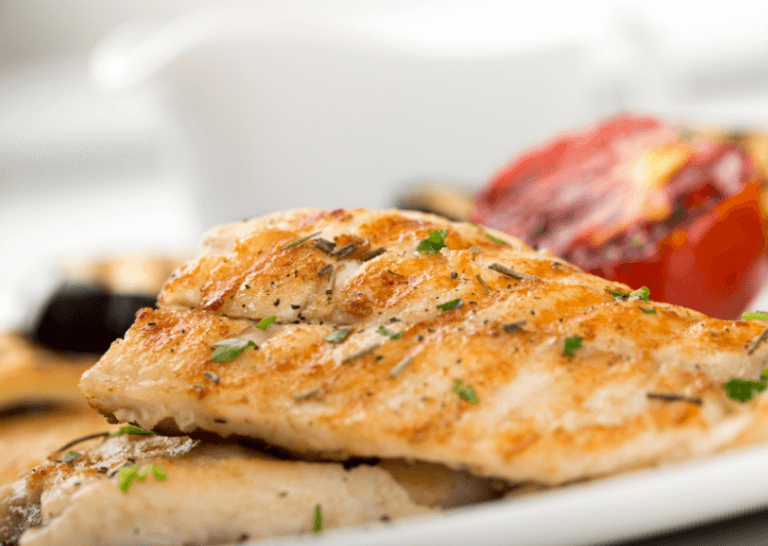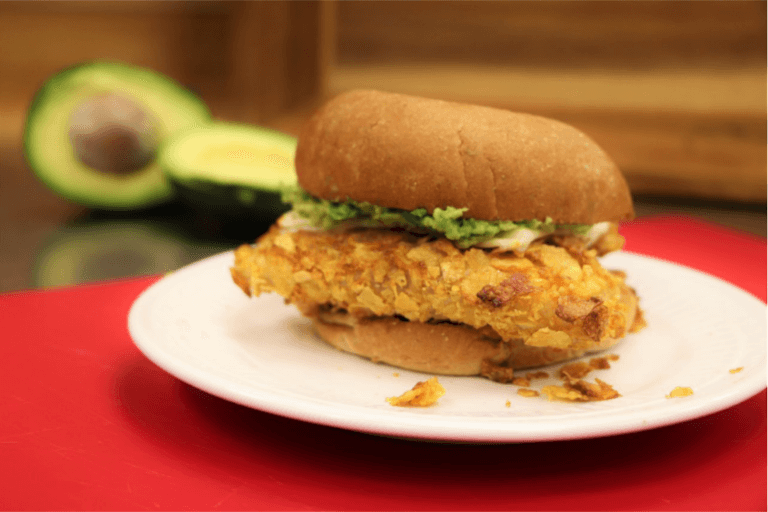All about Fish: Food Safety
When purchasing and storing fish, it’s important to be mindful of food safety to reduce the risk of foodborne illness. To ensure that you can safely enjoy your seafood, follow the tips below!
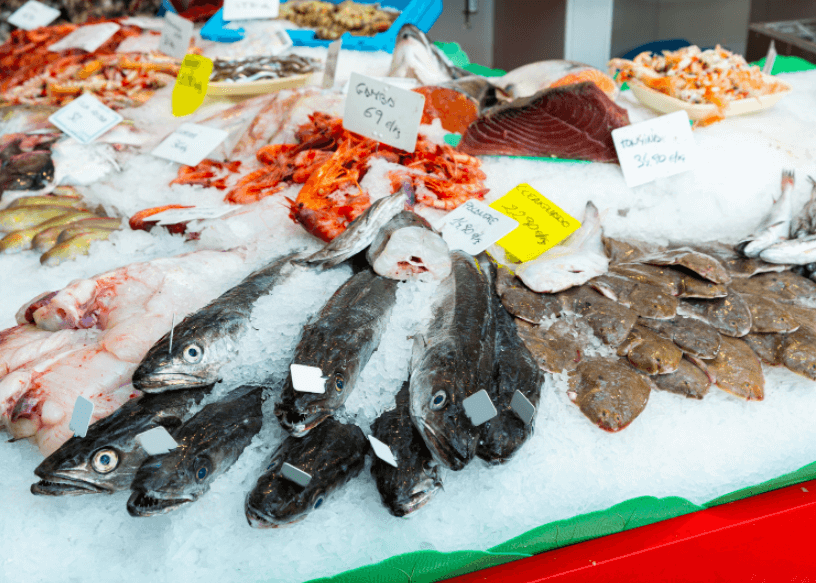
Purchasing Fresh Seafood:
If you’re planning on buying fresh fish, only buy it when it is refrigerated or displayed on a fresh bed of ice. The fish should smell fresh and mild rather than fishy or sour. Additionally, fish fillets should show no discoloration, darkening, or drying around the edges. If you plan on using the seafood within two days of purchasing it, then store it in a clean refrigerator until you’re ready to cook it.
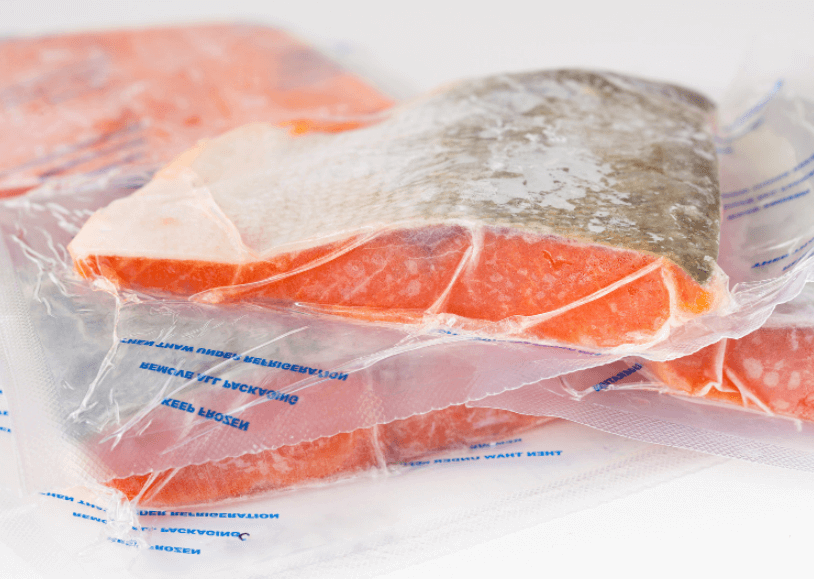
Frozen Seafood:
If you don’t plan on cooking the fresh seafood you purchase within two days of purchasing it; it’s best to wrap it tightly in plastic, foil, or in a plastic bag (with as little air as possible) and place it in the freezer. On the other hand, if you prefer to buy the seafood already frozen, inspect the package to see that it’s not open or torn. It’s also important to avoid containers with signs of frost or ice crystals, indicating that the fish has been stored for an extended period of time or thawed and then refrozen.
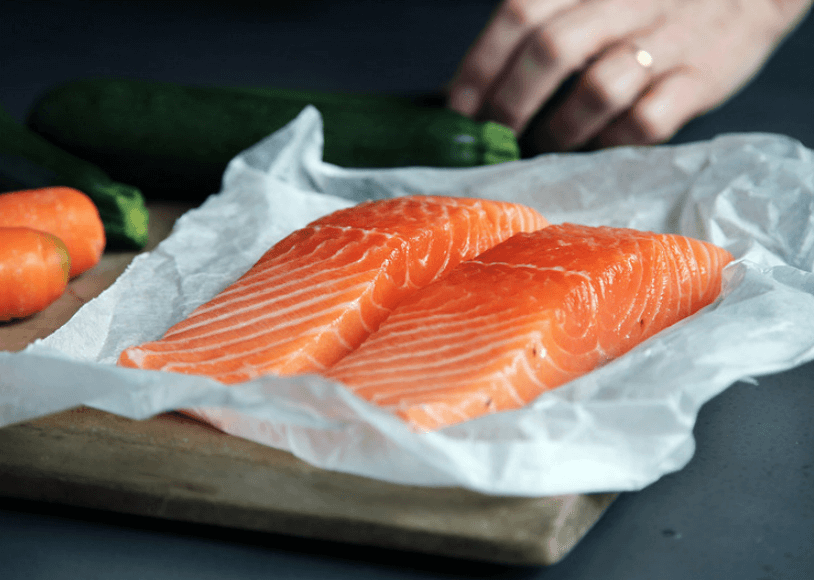
Thawing Seafood:
Frozen fish should stay frozen until you are ready to prepare it. Defrost it by placing it in the refrigerator overnight when you are ready. If you need to thaw seafood quickly, seal it in a plastic bag and immerse it in cold water. Change the water every thirty minutes until the fish is defrosted. Do not try to speed up this process by using hot water, as this will encourage bacteria on this fish to multiply. Once thawed in the cold water, cook the fish immediately afterward.
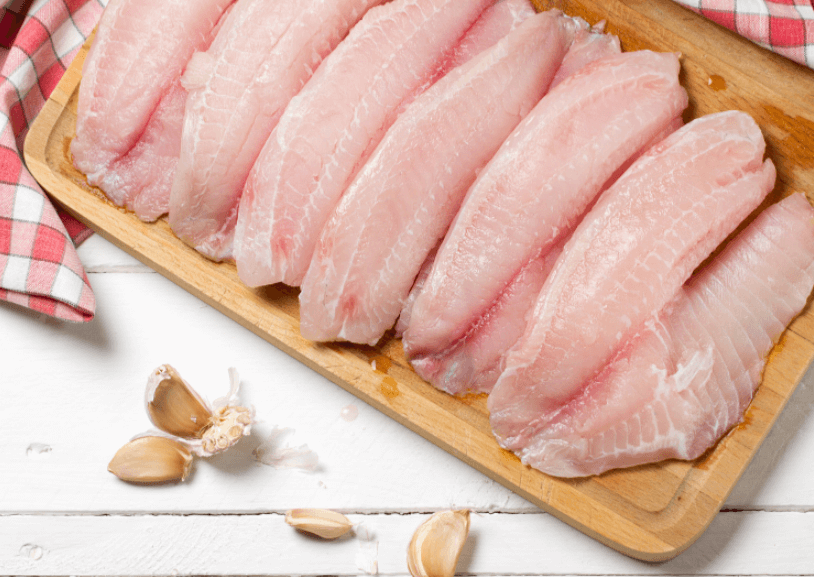
Preparing Seafood:
When handling fresh or thawed seafood, it’s important to take specific steps to prevent bacteria on the raw seafood from spreading to other foods ready to eat. Use the following steps as a guide to avoid cross-contamination and reduce the risk of foodborne illness:
- Make sure to keep cooked seafood and raw seafood physically separated.
- Wash your hands for at least 20 seconds with warm water and soap after handling any raw food.
- Wash cutting boards, dishes, utensils, and countertops with soap and hot water between the preparation of raw seafood and other foods that are cooked and/or ready to eat.
- After finishing preparing the seafood, wash dishes and utensils that are plastic, metal, or ceramic in the dishwasher if you have one available.
Now that you’re familiar with safely preparing seafood check out the recipes below for some delicious inspiration. If you’re interested in other recipes, or different ways to prepare or flavor your fish, check out our other posts all about seafood cooking methods and seafood flavorings!
Sources:
https://www.mainecoastfishermen.org/recipes

